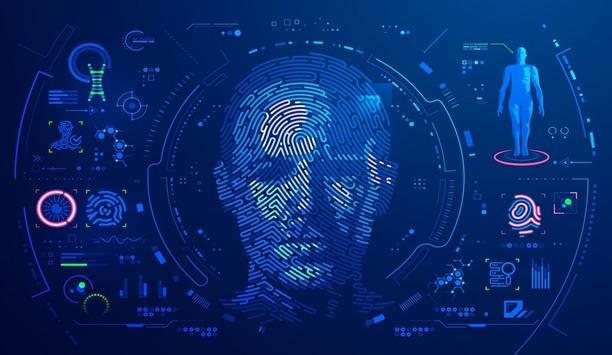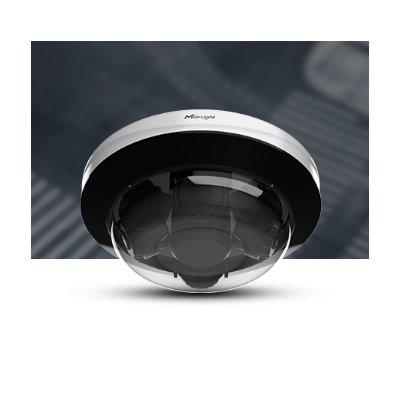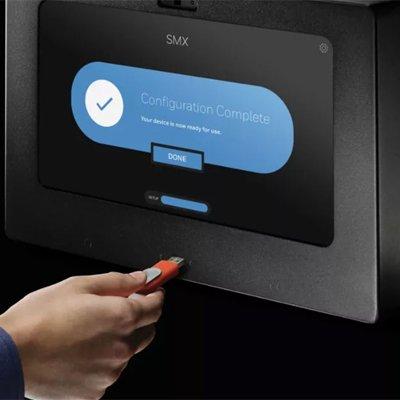What is the value of physical security data?
Editor Introduction
We are living in the age of Big Data, and businesses are inundated with large volumes of data every day. Success depends on capturing, analysing and ultimately transforming that data into information and intelligence that can be used to improve the business. So, it is with today's physical access control and video systems, too, which also generate unprecedented levels of data. But how can we make the data useful to end users and how can they realise its full value? We asked this week's Expert Panel Roundtable: Relating to physical security systems, what is the value of data and how can that value be measured?
While active protection is the primary job of a security system, the data generated by today’s networked solutions can provide a wealth of intelligence to help organisations optimise both their security strategies and their business operations. For example, a security entrance can generate data on factors such as traffic density at different entrances throughout the day, the number of tailgating attempts, valid/false ID entries rejected, and more. If the data shows a high number of rejections of people with a valid ID, the manager can educate staff on proper use to help reduce that number and improve both security and throughput. Some security entrances can even predict the probability of tailgating attempts and can be calibrated to increase or decrease this percentage, finding their ideal balance between convenient access and risk. Using this data, organisations can decrease risk and liability, while also helping to reduce both capital and operational expenditures.
Physical security systems typically consist of video surveillance, access control and alarms, which, when integrated together, can provide great solutions for security applications. By going a step further and pulling in data from other business systems, however, you can enable advanced solutions for both security and non-security applications. A typical example is the integration of transaction data and video in retail applications to identify possible shrink. Combining other data sources, such as queue length or dwell time analytics, enables business owners to measure customer service and behaviours, while using recorded video to see what is really happening. Every industry collects data that, when integrated in the right way, can tell an insightful story about security, customer experience, compliance and operations, while providing overall business intelligence. How to get started? Make a list of every technology installed in your – or your customer’s – organisation. Chances are there is useful untapped data.
When it comes to physical security, the acquisition and processing of data can bring great improvements to operational efficiency. Security operators often must spend a significant amount of time reviewing and processing large volumes of data to make sense of an event. Because machines are uniquely equipped to tirelessly process large volumes of mundane data, they can be used to automate some of these routine tasks and free up operators to perform other operations. The question of “how do we measure these gains?” arises a lot in data-centric problems. Every connection a machine makes without human input has the potential to result in increased efficiency. This can be measured by comparing the rate at which your staff completes a task before and after the use of a machine to conduct data analysis. A drop-in efficiency usually means too many “false positives” and would signify the solution isn’t working.
In the past, surveillance footage was often overwritten after a short period of time – cost limitations prevented data being stored for long. Today, the cloud is on hand to help ease the data storage headache, allowing us to hold on to vast amounts of data for a longer period. Combined with the rise of new data analytics capabilities, this has changed our idea of data’s value. Suddenly we can collect and analyse data over a period of several years, and measure its value in its real-world applications: it can be used to predict traffic trends, or analyse where to place promotions or staff in a shopping mall. It’s always hard to predict the future value of surveillance data, but thanks to new technologies, that data has the potential to more than repay the cost of storage in tangible business insights.
Conventional physical security systems are reactive, providing real-time alerts by detecting and reporting security breaches as they occur. Recent advances in Big Data platforms, more common today in industries such as banking and securities, can be used to make physical security systems more proactive and predictive in nature. For a perimeter intrusion detection system (PIDS), using data from the immediate environments of the electronic equipment and outdoor barrier can enhance product lifetime, increase uptime and be used to optimise operational performance. More broadly, combining current and historical data from networked PIDS, access control, video surveillance and IoT systems from multiple sites enables the identification of high-risk behaviours or patterns, as well as insights into the overall effectiveness of security strategies and how to continually refine them. For organisations, the value of data is measured in terms of operational cost savings, incident reduction and improved business continuity.
The contribution of data for physical security applications continues to grow in importance as IP-based systems employing advanced VMS solutions continue to proliferate. An advanced VMS platform can aggregate and analyse data from virtually any point along a company’s IT backbone to enhance security operations. And aside from detecting and alerting users of possible security threats, data analysis can be applied for a myriad of business intelligence operations such as locating physical assets in bustling hospitals, shifting traffic patterns on municipal roadways, tracking packages, evaluating manufacturing processes, monitoring remote infrastructure operations, or even following the migration of wildlife for scientific research. The applications for data-enriched VMS-driven surveillance systems are virtually unlimited as they are driven by users’ needs. Integrations of new and emerging data points and analytics empower users and integrators to deliver the specific solutions they need.
When security systems first made their appearance in the mainstream market, end users were only interested in seeing the images the systems produced. Since then, a demand for high-resolution images has ensued, and today end users want not only hi-res images, but an integrated system that turns the images and other data received from a camera into something valuable for their business. One way to do this and measure success is through artificial intelligence (AI). Embedded into today’s security systems, AI can pull data from recordings and categorise it using various facial features, such as age and gender. From there, the data can be compared with pre-recorded information in the database, bringing value to anti-crime measures. In other sectors, such as retail, AI can provide enhanced information for audience targeting. This allows companies to evaluate current resources, determine where they can minimise efforts, and establish areas they can improve upon.
The ability to detect and process data is invaluable for intelligent physical security systems, driving three distinct aspects of security operations. These include: the ability to view live events; the ability to search recorded data for forensic investigations; and the ability to correlate data from various sources across the enterprise to detect abnormalities in behaviour that require investigation. The last point is also trending as “predictive analysis” is slowly but surely becoming a reality with advanced management platforms that can seamlessly aggregate data from formerly disparate systems. This allows security management to detect abnormalities in behaviour detected from intelligent analytics such as license plate or facial recognition, and/or integrated POS or access control systems to identify potential problems. The data collected by intelligent VMS and analytics also provide a wealth of business intelligence to supplement a range of applications such as logistics, retail merchandising, traffic patterns, and more.
Editor Summary
Beyond the real-time functionality of security systems, there is a constant flow of data emanating from video surveillance, access control and alarm technologies. In the case of video, unstructured video data is increasingly being analysed and transformed into metrics that can provide immediate insights into a company's operation. Artificial intelligence (AI) is among the new tools to help end users make sense of the increasing flood of data and to boost its impact beyond the security department and throughout an organisation. At the end of the day, data is a valuable asset, and a company’s success often rests on how well it manages that asset.
Expert commentary
Maximising security and performance
DownloadThe truth behind 9 mobile access myths
DownloadGuide for HAAS: New choice of SMB security system
DownloadSecurity practices for hotels
DownloadAccess control system planning phase 2
DownloadMilesight 4x5MP AI Multi-Directional Camera
Anviz AI-driven Fisheye Dome Network Camera
Honeywell SMX: Cybersecurity for Operational Environments






















